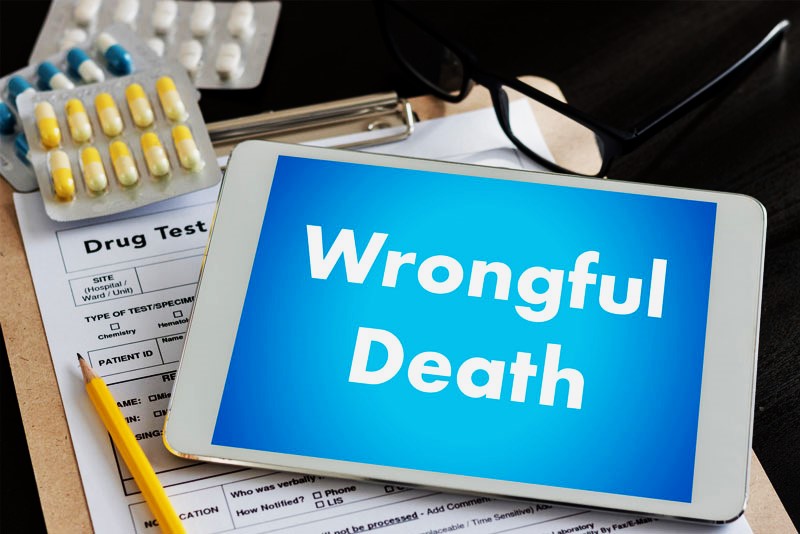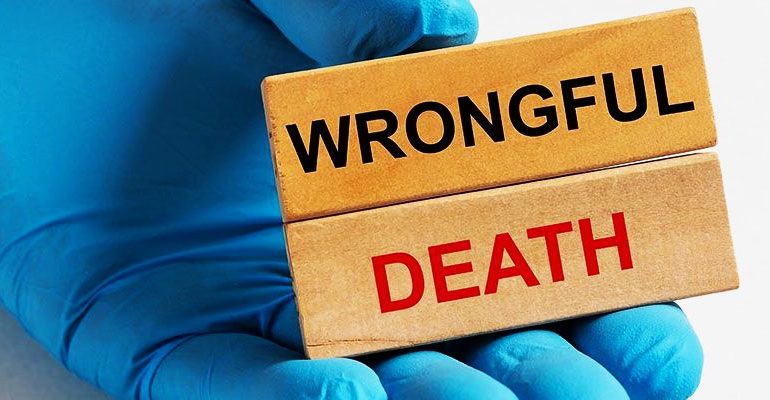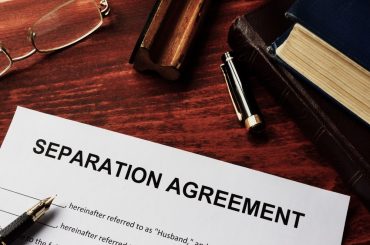Wrongful death is a legal term used when someone’s death is caused by the negligent or intentional actions of another person or entity. In legal terms, it’s a Wrongful Death Claims against those who are liable for someone’s death. This could be due to a variety of reasons, including car accidents, medical malpractice, or workplace incidents. The legal implications of wrongful death are profound, often resulting in a civil lawsuit for monetary compensation to the deceased’s family or dependents.
Recognizing the importance of wrongful death settlements is crucial for those affected by such a tragic event. These settlements are not just about financial compensation; they represent a form of justice, acknowledging the loss and the impact it has had on survivors’ lives. Understanding how these settlements are paid out is essential for families navigating through this difficult time, helping them to make informed decisions and seek closure.
How to Understanding Wrongful Death Claims?
Definition
In California, a wrongful death claim arises when an individual dies as a result of another party’s negligence or wrongful act. This claim is a civil lawsuit, distinct from criminal charges, and is intended to provide compensation for the losses suffered by the deceased’s relatives or dependents. Causes can range from car accidents and medical malpractice to occupational hazards and criminal activities.
Eligible Claimants
Not everyone is automatically eligible to file a wrongful death claim. In California, the following parties are typically eligible:
- Immediate Family Members: This includes spouses, domestic partners, and children of the deceased.
- Financial Dependents: If there are no direct family members, anyone who was financially dependent on the deceased, like stepchildren or parents, may file a claim.
- Estate Representatives: Sometimes, a representative of the deceased’s estate can file a claim to benefit eligible heirs.
What is Settlement Process?
Negotiation and Agreement
The process of a wrongful death settlement typically involves several steps:
- Filing a Claim: The eligible claimant begins by filing a wrongful death claim against the party at fault.
- Investigation and Evidence Gathering: Collecting evidence to support the claim, such as medical records, accident reports, and witness statements.
- Negotiation: The claimant’s attorney and the defendant’s insurance company (or legal team) engage in negotiations to reach a settlement agreement.
- Settlement Offer: If a settlement is offered, the claimant can accept or negotiate further. If an agreement can’t be reached, the case may go to trial.
Role of Attorneys
Legal representation is crucial in wrongful death claims for several reasons:
- Expertise: Attorneys bring expertise in wrongful death law, ensuring that claimants understand their rights and the legal process.
- Negotiation Skills: Experienced attorneys are skilled negotiators who can deal effectively with insurance companies and opposing lawyers.
- Maximizing Compensation: Attorneys work to ensure that the settlement covers all aspects of loss, including funeral expenses, lost income, and non-economic damages like emotional distress.
Distribution of Settlements
Payment Structure
Wrongful death settlements can be paid out in different ways, depending on the agreement terms:
- Lump-Sum Payment: This is a one-time payment where the total settlement amount is paid all at once. It offers immediate access to funds but requires careful financial management.
- Structured Settlements or Annuities: The settlement is paid out in regular installments over a period. This can provide a steady income stream and can be beneficial for long-term financial stability.
Factors Affecting Distribution
Several factors influence how settlements are distributed among claimants:
- Relationship to the Deceased: Spouses, children, and other dependents may receive different proportions of the settlement based on their relationship and dependency on the deceased.
- Agreement Among Claimants: Sometimes, claimants may agree on a distribution that differs from the standard legal proportions.
- Legal Rulings: In the absence of an agreement, a court may decide the distribution based on factors like the age and needs of the claimants.

Legal and Tax Considerations
Legal Obligations
- Compliance with Court Orders: Any distribution must comply with the terms of the settlement and any court orders.
- Guardianship Considerations: If minors are involved, the settlement may need to be managed by a legal guardian or held in a trust until they come of age.
- Estate Considerations: Part of the settlement may go to the estate of the deceased and be distributed according to the will or state laws if there is no will.
Tax Implications
- Non-Taxable Amounts: Generally, amounts received from wrongful death settlements for personal injury or sickness are not taxable.
- Punitive Damages and Interest: Any punitive damages or interest on the settlement may be taxable.
- Estate Tax: Large settlements may be subject to estate taxes.
It’s important for recipients to consult with a tax professional for specific advice, as tax implications can vary based on individual circumstances and the settlement’s details.
Practical Guidance for Recipients
Financial Planning
Receiving a wrongful death settlement necessitates thoughtful financial planning:
- Long-Term Planning: Consider how the settlement can support long-term financial needs, such as living expenses, education funds, or retirement savings.
- Budgeting: Develop a budget that accounts for current and future financial needs, ensuring the settlement funds are used wisely.
- Investment: Consider investing a portion of the settlement to generate ongoing income. It’s important to assess risk tolerance and investment goals.
Seeking Professional Advice
Consulting with professionals is key in managing settlement funds:
- Financial Advisors: Can provide guidance on budgeting, investing, and financial planning to make the most of the settlement.
- Legal Professionals: Ensure compliance with legal requirements and help in understanding any restrictions or obligations related to the settlement.
What are the Resources and Assistance?
Legal Resources
For further legal assistance and information:
- State Bar Association: Can provide referrals to attorneys experienced in wrongful death claims.
- Legal Aid Societies: Offer support for those who may not have the resources for private legal counsel.
Support Services
Dealing with loss requires emotional as well as legal support:
- Counseling Services: Professional counselors or therapists can help individuals and families navigate their grief.
- Support Groups: Organizations such as The Compassionate Friends offer support groups for families who have lost a loved one.
Conclusion
Navigating the complexities of a wrongful death settlement can be a challenging journey, encompassing not just legal and financial aspects, but emotional ones as well. It’s important for recipients to manage their settlement responsibly and seek professional advice to ensure their financial security and compliance with legal obligations. Additionally, accessing support services can be invaluable in coping with the loss of a loved one. This guide aims to provide a foundational understanding and practical steps for those dealing with wrongful death settlements, offering a pathway to navigate this difficult time with greater clarity and support.



